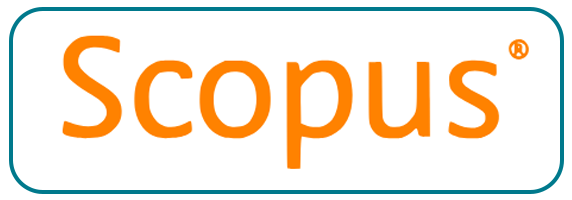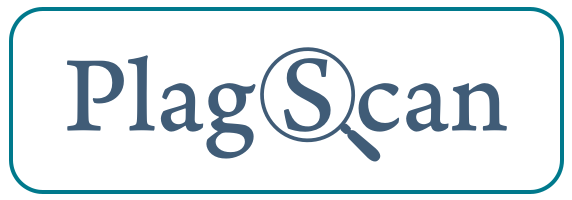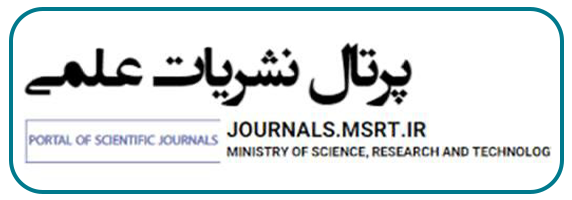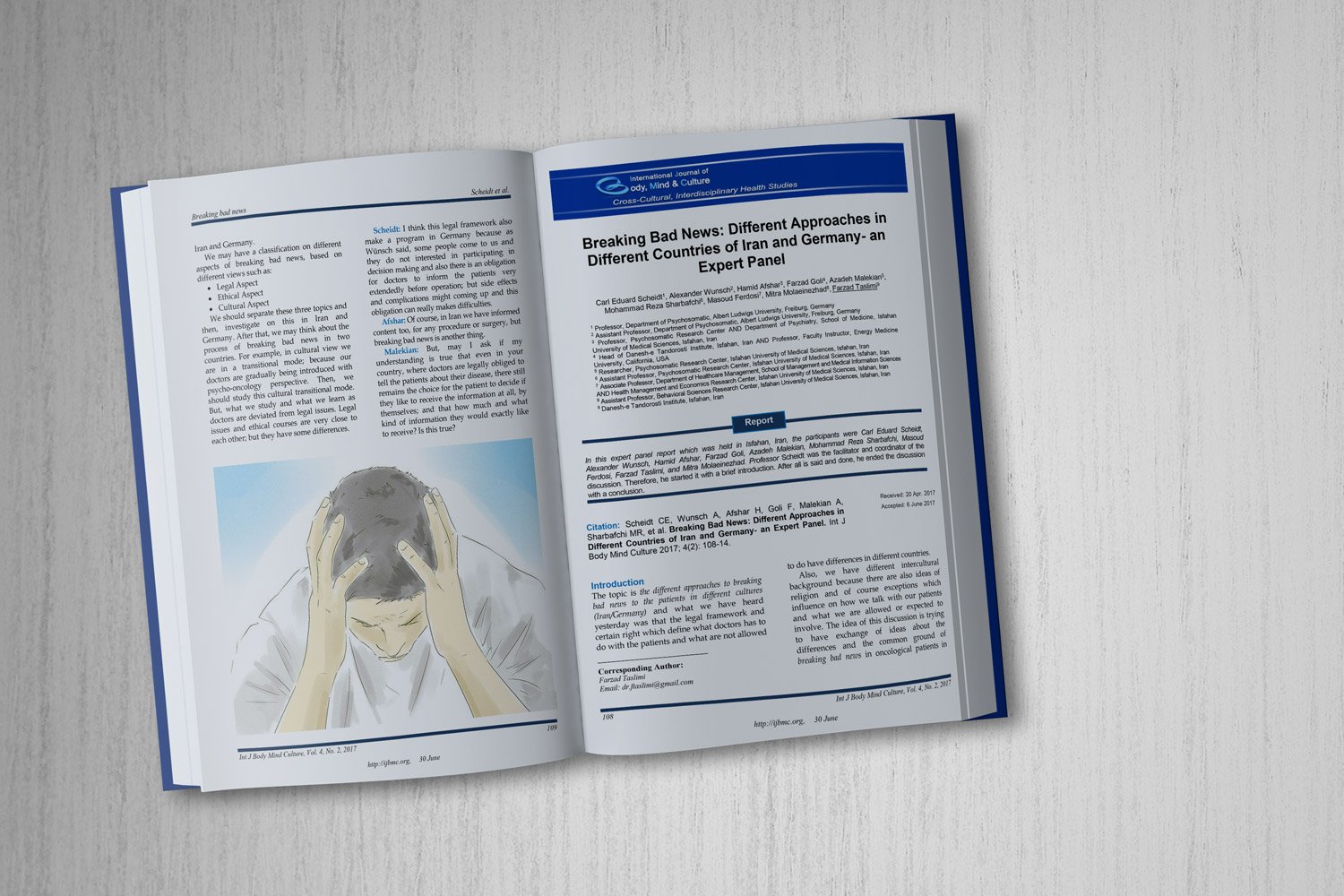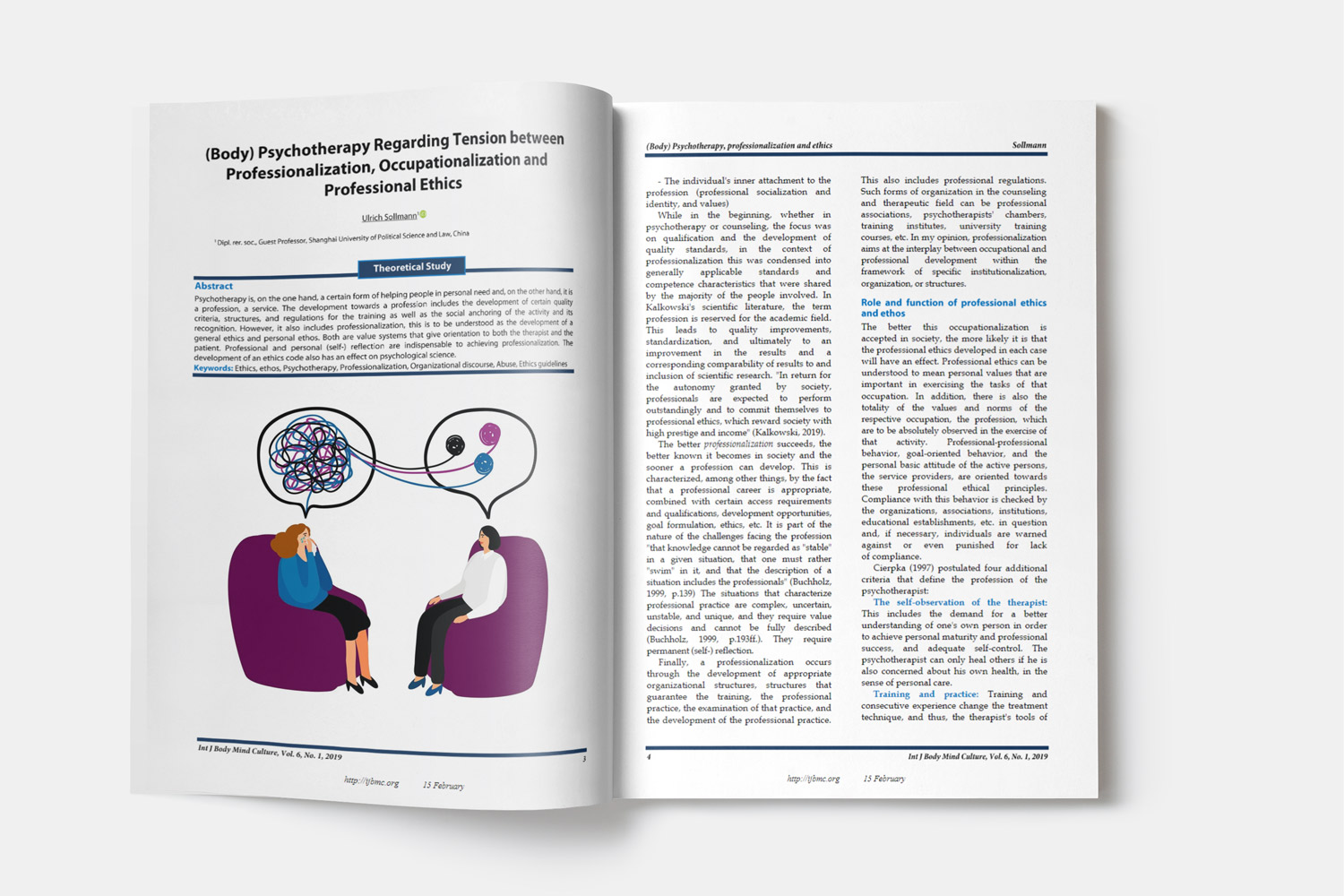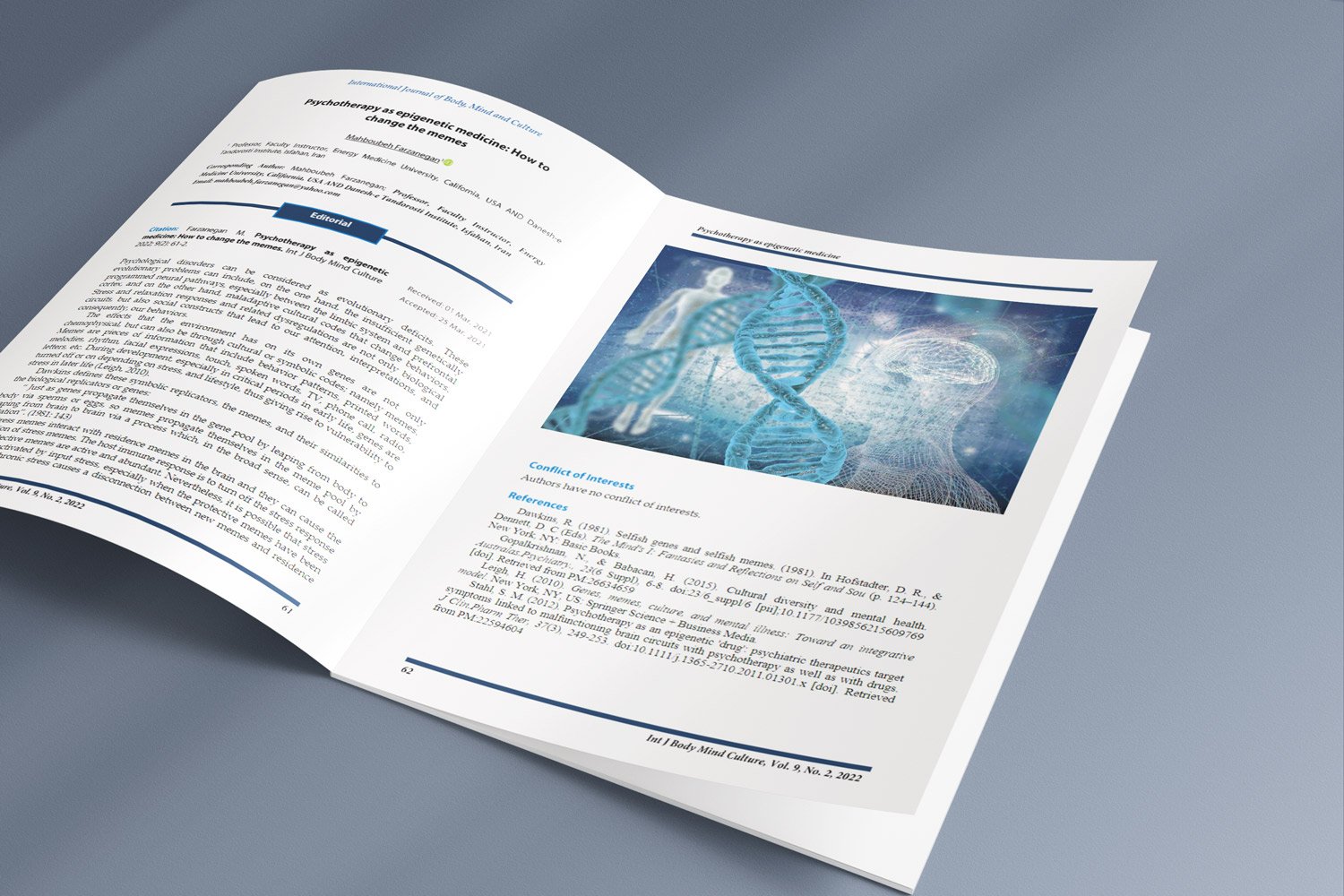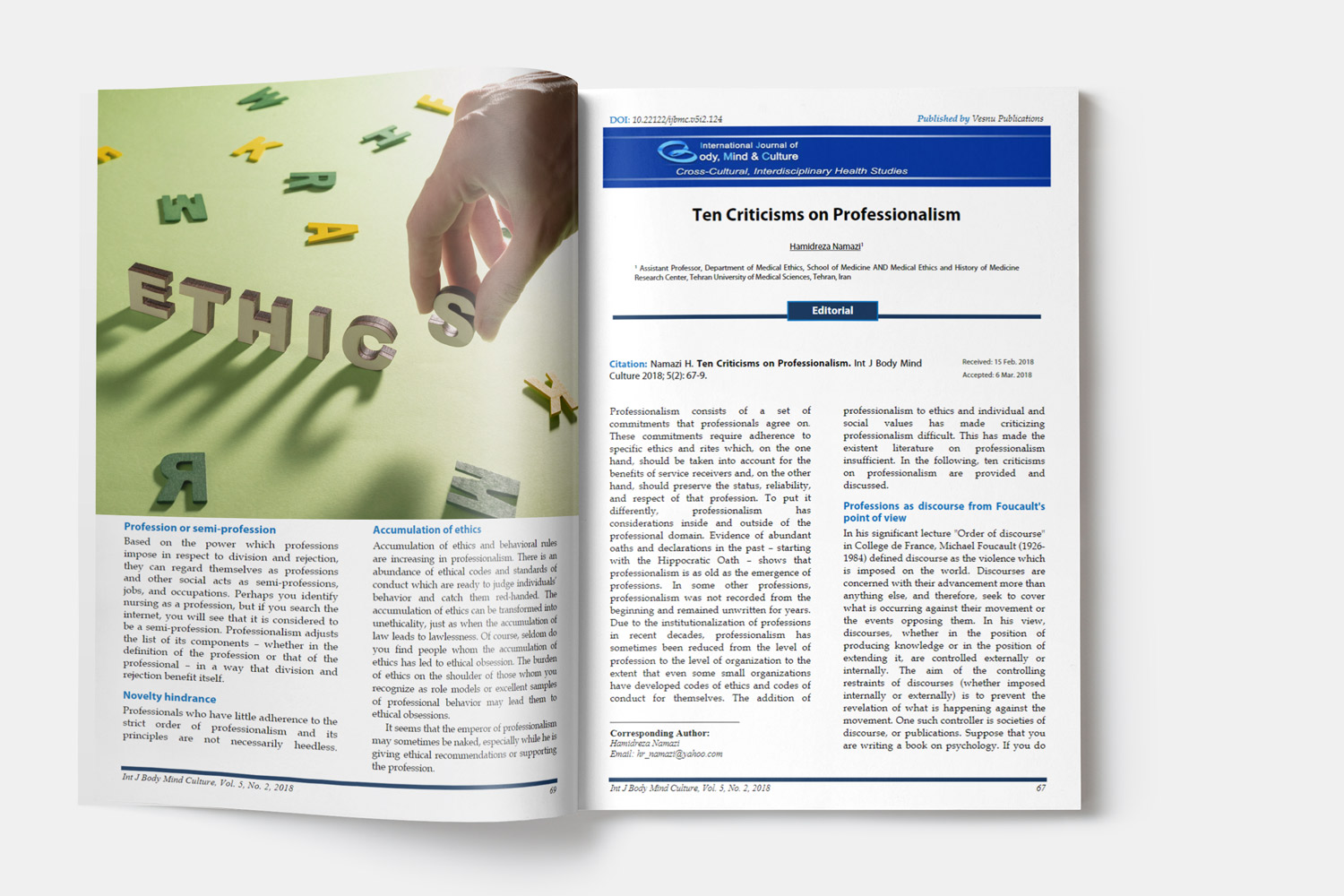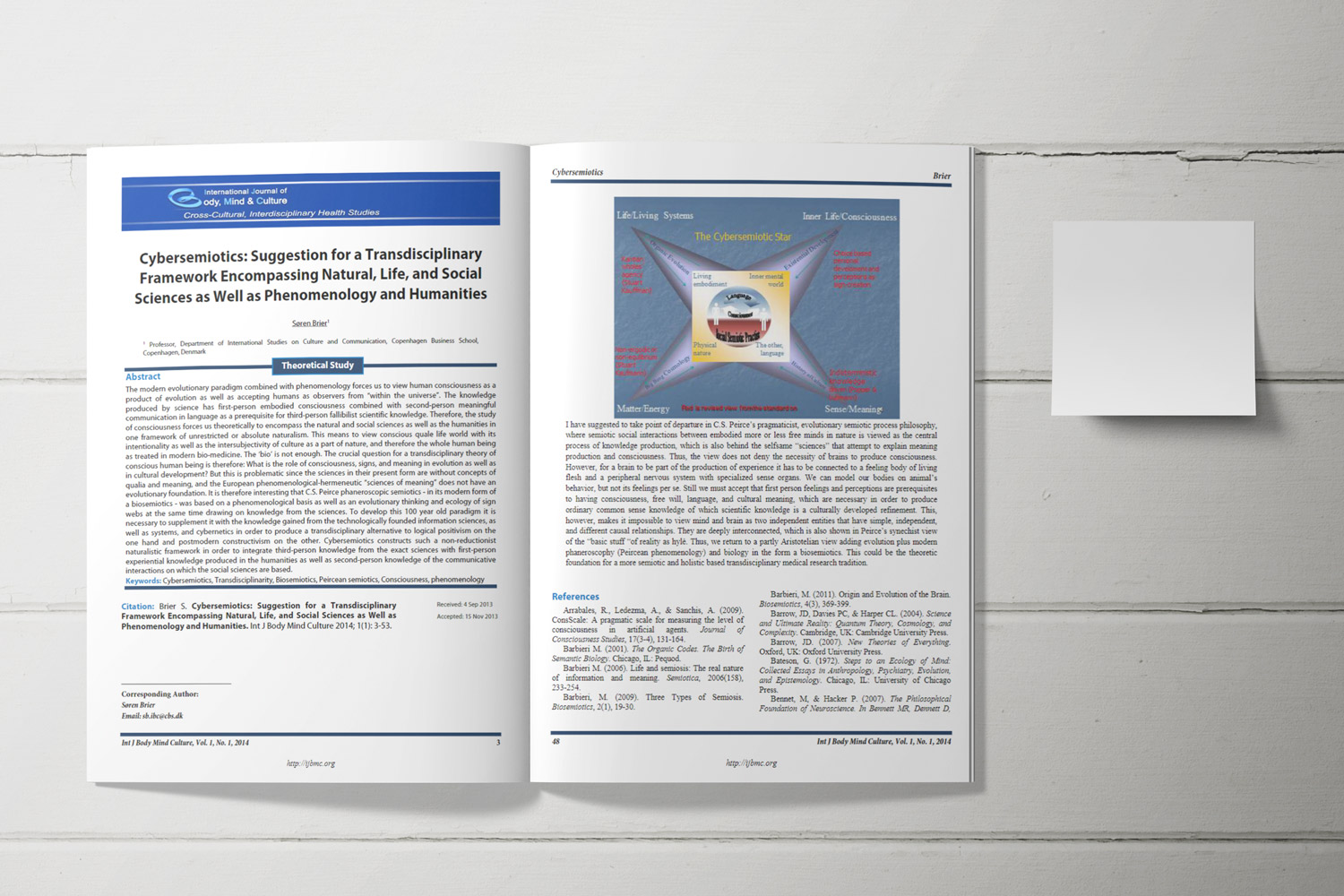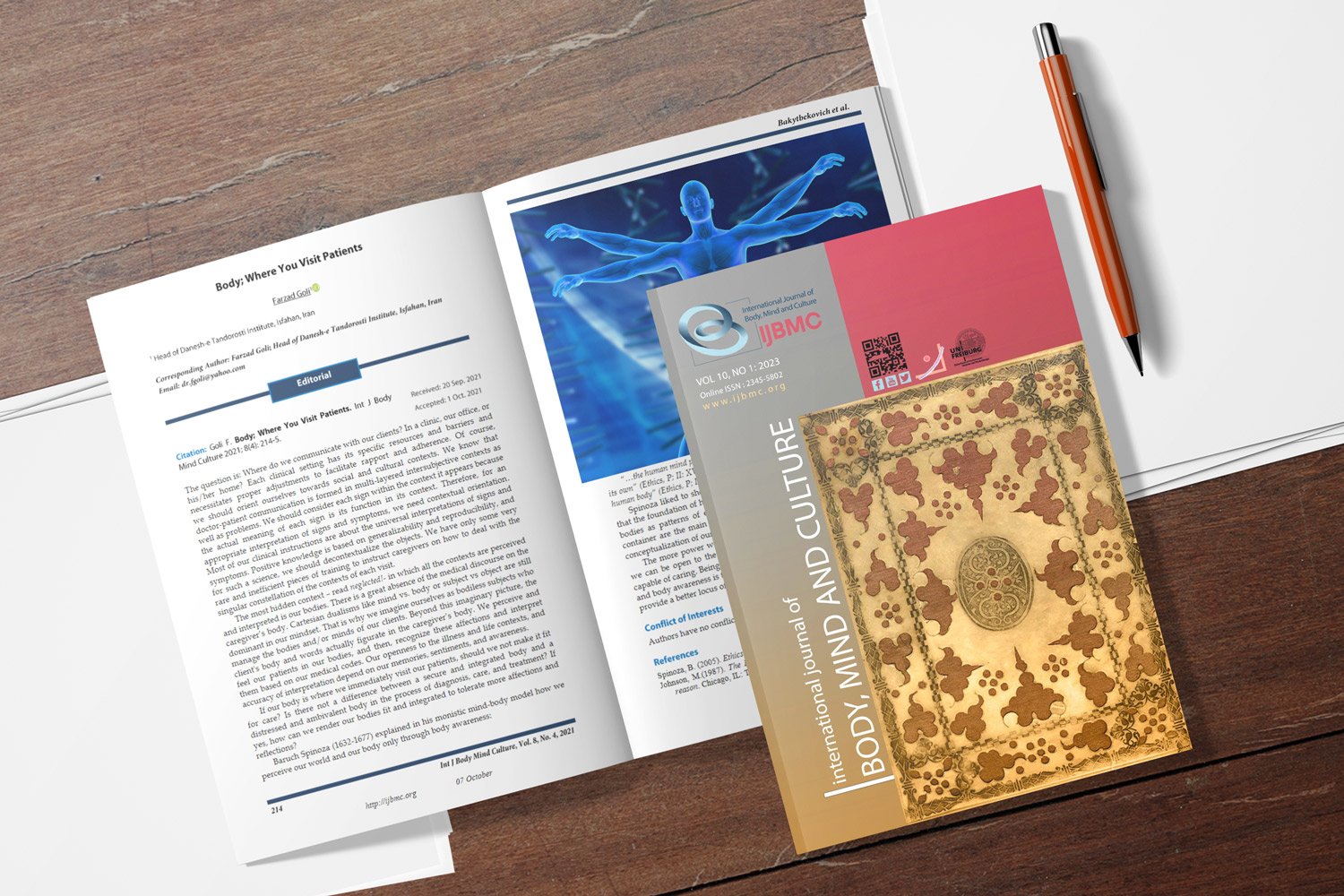The Impact of Family Cohesion on Social Isolation in Patients with Substance Use Disorders: A Correlational Study
Downloads
Objective: This study aimed to examine the relationship between family cohesion and social isolation among individuals with substance use disorders (SUDs). It further explored how differing levels of family integration influence perceived social connectedness.
Methods and Materials: A cross-sectional, correlational design was employed, involving 300 patients with SUDs from Iman Hassen Al-Mujtabe Hospital. Convenience sampling was used. Family cohesion and social isolation were assessed using Arabic-translated versions of the Family Environment Scale (FES) and the De Jong Gierveld Loneliness Scale, respectively. Sociodemographic and clinical characteristics were collected via self-report questionnaires. Data analysis included descriptive statistics, Pearson correlation, and independent samples t-tests to compare isolation levels based on family background.
Findings: The sample was predominantly male (95.3%) with a mean age of approximately 32 years. Most participants (83.3%) reported insufficient income. Captagon (30%) and alcohol (26.7%) were the most frequently abused substances. A significant proportion (80%) experienced severe social isolation, while 83.3% reported moderate family disintegration. Pearson correlation analysis revealed a moderate, positive correlation between family disintegration and social isolation (r = 0.488, p < 0.001). Participants from disintegrated family backgrounds reported significantly higher levels of social isolation than those from cohesive families (p < 0.05).
Conclusion: Family disintegration significantly contributes to elevated levels of social isolation among individuals with SUDs. Addressing family cohesion within treatment protocols may improve social functioning and recovery outcomes. Interventions focusing on family dynamics should be integrated into comprehensive addiction treatment strategies.
Downloads
Albert, I. (2021). Perceived loneliness and the role of cultural and intergenerational belonging: The case of Portuguese first-generation immigrants in Luxembourg. European Journal of Ageing, 18(3), 299-310. https://doi.org/10.1007/s10433-021-00617-7
Christie, N. C. (2021). The role of social isolation in opioid addiction. Social Cognitive and Affective Neuroscience, 16(7), 645-656. https://doi.org/10.1093/scan/nsab029
Daniels, A. D., & Bryan, J. (2021). Resilience despite complex trauma: Family environment and family cohesion as protective factors. The Family Journal, 29(3), 336-345. https://doi.org/10.1177/10664807211000719
Desai, R., Karim, S., Freeborn, J., Trivedi, C., Husain, K., & Jain, S. (2024). Contextualizing the Relationship Between Social Isolation and Substance Abuse. The Primary Care Companion for CNS Disorders, 26(5), 23m03679. https://doi.org/10.4088/PCC.23m03679
El Hayek, S., Kassir, G., Zalzali, H., Al Hasanieh, K., Cherro, M., Ibrahim, N., & Bizri, M. (2023). Characteristics and management of patients with substance use disorders referred to a consultation-liaison psychiatry service in Lebanon. Middle East Current Psychiatry, 30(1), 88. https://doi.org/10.1186/s43045-023-00360-y
Galbally, P. M. (2021). Connected Disconnections Negotiating family separation, membership and conflict: A discourse analysis University of Essex]. https://repository.essex.ac.uk/30261/
Goudarzi, S. M., Azemoudeh, M., & Hoseini Nasab, S. D. (2025). Family Cohesion, Religious Values, and Spiritual Intelligence as Predictors of Youth Addiction: The Mediating Role of Social and Psychological Well-being. International Journal of Body, Mind & Culture, 12(3), 98-104. https://doi.org/10.61838/ijbmc.v12i3.880
Holt-Lunstad, J. (2022). Social connection as a public health issue: the evidence and a systemic framework for prioritizing the "social" in social determinants of health. Annual Review of Public Health, 43(1), 193-213. https://doi.org/10.1146/annurev-publhealth-052020-110732
Hosseinbor, M., Yassini Ardekani, S. M., Bakhshani, S., & Bakhshani, S. (2014). Emotional and Social Loneliness in Individuals With and Without Substance Dependence Disorder. International Journal of High Risk Behaviors & Addiction, 3(3), e22688. https://doi.org/10.5812/ijhrba.22688
Johnson, B. R., Pagano, M. E., Lee, M. T., & Post, S. G. (2018). Alone on the inside: The impact of social isolation and helping others on AOD use and criminal activity. Youth & Society, 50(4), 529-550. https://doi.org/10.1177/0044118X15617400
Lander, L., Howsare, J., & Byrne, M. (2013). The impact of substance use disorders on families and children: from theory to practice. Social Work in Public Health, 28(3-4), 194-205. https://doi.org/10.1080/19371918.2013.759005
Moiba, J. G. L. (2016). Religion and peacemaking in Sierra Leone University of Wales Trinity Saint David (United Kingdom)]. https://search.proquest.com/openview/387f0190f777b3201f6cb3488cfe3a08/1?pq-origsite=gscholar&cbl=51922
Nikmanesh, Z., Kazemi, Y., Khosravy, M., & Hasanzaheh, Z. (2020). The Effect of Loneliness and Family Communication on Addiction Potential: A Study Conducted in Sistan and Baluchestan, Iran. Iranian journal of psychiatry and behavioral sciences, 14(3). https://doi.org/10.5812/ijpbs.11470
Prime, H., Wade, M., & Browne, D. T. (2020). Risk and resilience in family well-being during the COVID-19 pandemic. American psychologist, 75(5), 631. https://doi.org/10.1037/amp0000660
Saeed, B. (2024). Sociodemographic and Clinical Profiles of Patients With Substance Use Disorders Admitted to a Psychiatric Hospital in Erbil: A Retrospective Study. Cureus, 16(12), e75483. https://doi.org/10.7759/cureus.75483
Shamsaei, F., Baanavi, M., Hassanian, Z. M., & Cheraghi, F. (2019). The Impact of Addiction on Family Members Mental Health Status. Current drug research reviews, 11(2), 129-134. https://doi.org/10.2174/2589977511666190319162901
Shariat, A., Amini, M., & Mohebati, E. (2023). Systematic Review of Family Factors Associated with Substance Abuse in Adolescents: A Comparative study between Iran and Developed Countries. International Journal of Body, Mind & Culture, 10(1), 22-40. https://doi.org/10.22122/ijbmc.v10i1.464
Smith, M. A. (2021). Social learning and addiction. Behavioural Brain Research, 398, 112954. https://doi.org/10.1016/j.bbr.2020.112954
Wigfield, A., Turner, R., Alden, S., Green, M., & Karania, V. K. (2022). Developing a new conceptual framework of meaningful interaction for understanding social isolation and loneliness. Social Policy and Society, 21(2), 172-193. https://doi.org/10.1017/S147474642000055X
Copyright (c) 2025 International Journal of Body, Mind and Culture

This work is licensed under a Creative Commons Attribution-NonCommercial 4.0 International License.

